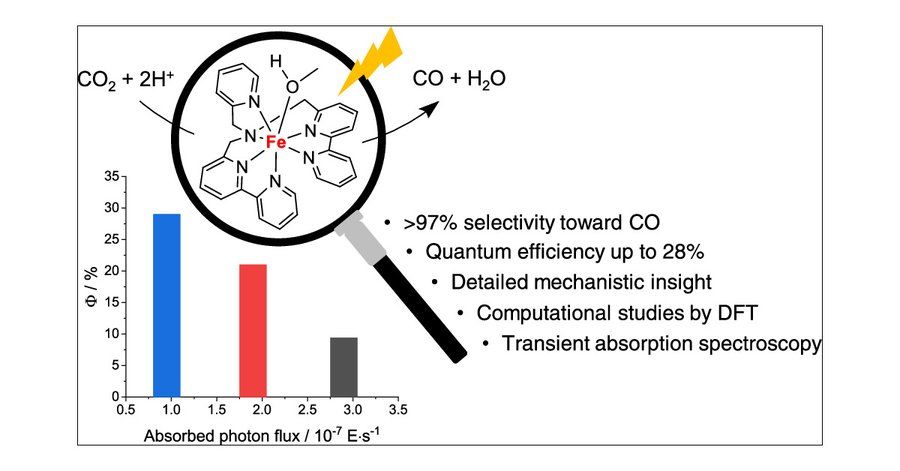pubs.acs.org/doi/10.1021/...

pubs.acs.org/doi/10.1021/...
Hey all–please read for important Changes to the 2024 ACS Catalysis Lectureship Award. Most importantly, we are now giving ONE in EACH area–biocatalysis, heterogeneous catalysis and homogeneous catalysis! Deadline is Dec 31 but the process is very easy!


#ChemSky 🧪⚗️

#ChemSky 🧪⚗️
pubs.acs.org/doi/full/10....

pubs.acs.org/doi/full/10....
(You had me at NHC....) #Chemsky
Great to see our latest paper on dual NHC/photoredox catalyzed coupling with organosilanes out in ACS Catalysis! Congratulations to first author Michael, student Marius and to our partners in the Götze group. @newcastleuni.bsky.social @freieuniversitaet.bsky.social pubs.acs.org/doi/10.1021/...

(You had me at NHC....) #Chemsky
pubs.acs.org/doi/10.1021/...
pubs.acs.org/doi/10.1021/...
pubs.acs.org/doi/10.1021/...
pubs.acs.org/doi/10.1021/...
pubs.acs.org/doi/10.1021/...

pubs.acs.org/doi/10.1021/...
🔍 53 wild-type UPOs
🚀 selectivity: >99%
#Biocatalysis #GreenChemistry @ACSCatalysis ...
🔍 53 wild-type UPOs
🚀 selectivity: >99%
#Biocatalysis #GreenChemistry @ACSCatalysis ...
#EU_funded | @erc.europa.eu | #MSCA pubs.acs.org/doi/10.1021/...

#EU_funded | @erc.europa.eu | #MSCA pubs.acs.org/doi/10.1021/...


ACSCatalysis @acs.org:
pubs.acs.org/doi/10.1021/...
(1/3)

ACSCatalysis @acs.org:
pubs.acs.org/doi/10.1021/...
(1/3)
Selective and Efficient Light-Driven CO2 Reduction to CO with a Heptacoordinated Polypyridine Iron(II) Catalyst (Rulíšek, Ruggi, Natali) -
ACSCatalysis: doi.org/10.1021/acsc...
#unifribourg #uniferrara @iocbprague.bsky.social

Selective and Efficient Light-Driven CO2 Reduction to CO with a Heptacoordinated Polypyridine Iron(II) Catalyst (Rulíšek, Ruggi, Natali) -
ACSCatalysis: doi.org/10.1021/acsc...
#unifribourg #uniferrara @iocbprague.bsky.social
The paper can be accessed here 👉 doi.org/10.1021/acsc...
#EUfunded

The paper can be accessed here 👉 doi.org/10.1021/acsc...
#EUfunded

New in @ACSCatalysis reveals a free radical mechanism in TyrH catalysis — the first direct evidence of a peroxidase-like mechanism in this enzyme superfamily.
HPPA tells all.
doi.org/10.1021/acsc...

New in @ACSCatalysis reveals a free radical mechanism in TyrH catalysis — the first direct evidence of a peroxidase-like mechanism in this enzyme superfamily.
HPPA tells all.
doi.org/10.1021/acsc...
#EU_funded @erc.europa.eu

#EU_funded @erc.europa.eu
pubs.acs.org/doi/10.1021/...

pubs.acs.org/doi/10.1021/...
Check out this cool review on TM catalyzed stereoselective oxygenation of sp3 carbon hydrogen bonds. Brought to you by your friends at ACSCatalysis!
#chemsky #catalysis

Check out this cool review on TM catalyzed stereoselective oxygenation of sp3 carbon hydrogen bonds. Brought to you by your friends at ACSCatalysis!
#chemsky #catalysis

